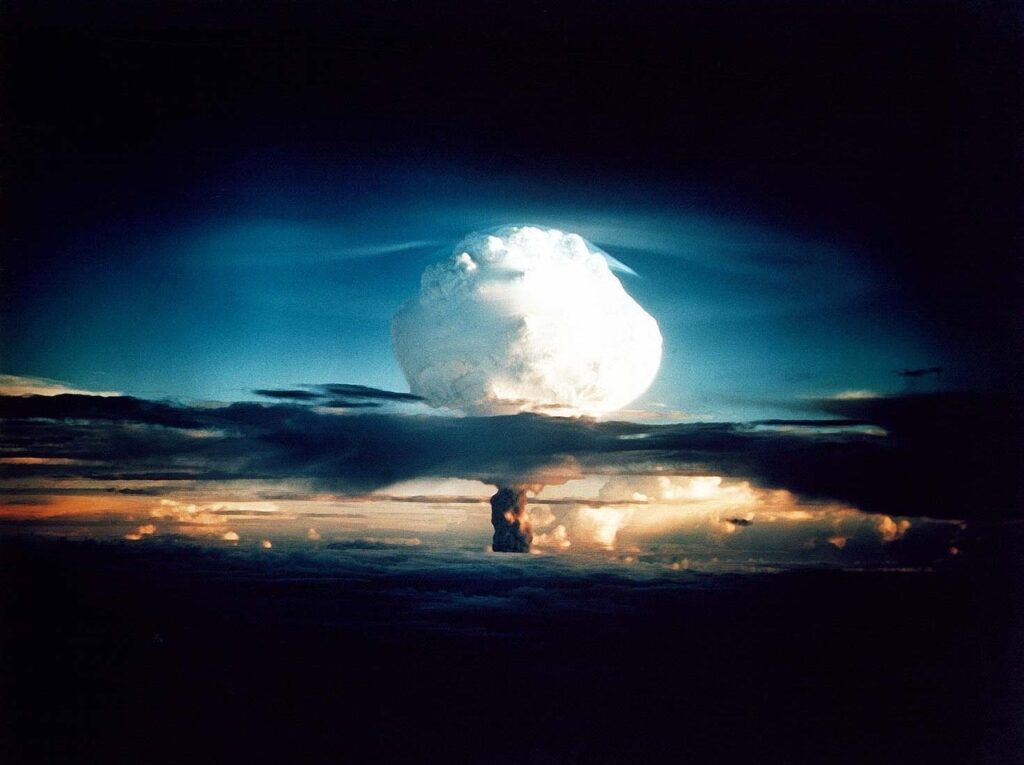- Politics
- global nuclear risks
- By Manohar Patil
Understanding the Escalation of Global Nuclear Risks
The world faces an undeniable and alarming reality: global nuclear risks are building up. After decades of a gradual decline in the total number of nuclear warheads following the Cold War, recent trends indicate a worrying shift. A complex interplay of geopolitical tensions, technological advancements, and the weakening of arms control frameworks is contributing to a more precarious international security landscape, raising the specter of nuclear use – whether by design, accident, or miscalculation.
A New Nuclear Arms Race?
A primary driver of increasing global nuclear risks is the renewed emphasis on nuclear weapons by the world’s major powers. Almost all nine nuclear-armed states—the United States, Russia, the United Kingdom, France, China, India, Pakistan, North Korea, and Israel—are engaged in comprehensive modernization programs. This involves not only upgrading existing warheads and delivery systems but also developing new capabilities, including hypersonic missiles that reduce warning times and complicate defense strategies.
China, in particular, is undergoing a significant expansion of its nuclear arsenal, at a pace faster than any other country. Similarly, India and Pakistan are developing new delivery systems, hinting at potential future increases in their respective arsenals. This widespread modernization, coupled with the development of “tactical” nuclear weapons, blurs the lines between conventional and nuclear conflict, increasing the potential for escalation in regional disputes.
Eroding Arms Control Frameworks
The architecture of international arms control, painstakingly built over decades, is crumbling. The bilateral treaties that once provided a degree of stability between the largest nuclear powers, the US and Russia, are now either suspended, expired, or on the brink of collapse. Russia’s suspension of its participation in the New START treaty and its withdrawal from the Comprehensive Nuclear Test Ban Treaty (CTBT) are particularly concerning developments.
The absence of robust verification and limitation mechanisms fosters an environment of suspicion and makes it harder to predict the trajectory of nuclear programs. This vacuum not only increases the risk of an unconstrained arms race but also diminishes transparency, making de-escalation far more challenging in times of crisis. Without renewed commitment to arms control and disarmament, the path to a safer world becomes increasingly narrow.
Heightened Geopolitical Tensions and Rhetoric
Current geopolitical flashpoints exacerbate global nuclear risks. The conflict in Ukraine, for instance, has led to explicit nuclear threats and sharpened nuclear rhetoric from Russia, reminding the world of the destructive potential of these weapons. Regional rivalries, such as those between India and Pakistan or the ongoing tensions in East Asia involving North Korea, also carry inherent nuclear dangers.
In these volatile environments, miscalculation or accidental escalation becomes a very real possibility. The proliferation of nuclear-capable technologies, combined with aggressive posturing and the weaponization of information, creates a volatile cocktail that could quickly spiral out of control. The risk of a non-state actor acquiring nuclear materials also remains a persistent concern.
The Imperative for Dialogue and De-escalation
The buildup of global nuclear risks demands urgent attention from the international community. Reinvigorating arms control dialogues, promoting transparency, and establishing effective crisis communication channels are crucial steps. While the challenges are immense, a collective commitment to de-escalation, adherence to non-proliferation norms, and a renewed focus on peaceful conflict resolution are essential to avert a catastrophic future and ensure the long-term security of the planet.
Share this Article
WhatsApp
LinkedIn
Telegram
Email
Get Daily Updates to Your Inbox
Subscribe to News Letter
Advertisement


